Is the Google Pixel 8 Pro worth the $100 price increase from the Pixel 7 Pro?


Choosing between the Google Pixel 8 Pro and the Pixel 7 Pro is not an easy decision. While the newest model boasts updated hardware and some AI feature upgrades, their value compared to the previous generation is questionable. Moreover, the new lineup is $100 more expensive. Read this comparison to determine which device is worth your investment.
Google Pixel 8 Pro vs Google Pixel 7 Pro: Key features compared
| Product | ||
|---|---|---|
| Image |  |
|
| Review |
|
|
| Price (MSRP) |
|
|
| Display |
|
|
| SoC |
|
|
| RAM |
|
|
| Memory |
|
|
| OS |
|
|
| Camera |
|
|
| Front-camera |
|
|
| Battery |
|
|
| Connectivity |
|
|
| IP Certification |
|
|
| Dimensions and weight |
|
|
| Offer* |
|
|
Google Pixel 8 Pro vs Google Pixel 7 Pro: Design and display
Google's Pixel 8 Pro and Pixel 7 Pro stand for the evolution of smartphone design. The Pixel 8 Pro stands out with its iconic camera bar and a new feature—a unified camera opening coupled with a matte glass back. This design offers better resistance to fingerprints, although it's slightly less grippy than its predecessor.

In contrast, the Pixel 7 Pro retains its curved 6.7-inch display, encased in an aluminum body made from 100% recycled materials. It emphasizes aesthetic continuity and durability with an integrated camera module. Despite these strengths, it falls short in advanced display features and is more susceptible to fingerprints and slipperiness, owing to its glossy metal finish.

Both models boast an IP68 certification, underlining their robust build. Each phone features an impressive 6.7-inch OLED display, but the Pixel 8 Pro takes the lead with its cutting-edge screen technology. It features LTPO2 technology, allowing a versatile refresh rate ranging from 1 to 120 Hz. This is a step up from the Pixel 7 Pro's 10 to 120 Hz range.
The Pixel 8 Pro, albeit with a slightly lower resolution, compensates with a remarkable maximum brightness of 1,600 nits (HDR) and a peak of 2,400 nits. Combined with Corning Gorilla Glass Victus 2 and a sleek design without rounded edges, it offers enhanced readability and visual appeal.

The Pixel 7 Pro maintains commendable screen quality with its QHD+ resolution and adaptable refresh rate. It also provides good brightness, peaking at 1,500 nits, and uses Gorilla Glass Victus for added durability. The curved edges of its screen contribute to a diverse user experience.
To summarize, both models boast high-quality displays, but the Pixel 8 Pro represents a significant advancement in display technology and design. It offers a more adaptable and user-friendly screen experience compared to the Pixel 7 Pro.

Google Pixel 8 Pro vs Google Pixel 7 Pro: Interface/OS
When it comes to the software, both phones run with Android 14. However, the Pixel 8 Pro promises an impressive seven years of updates, indicating a focus on longevity. The Pixel 7 Pro was released in 2022 and still offers at least two more years of major updates and four years of security updates.
The new generation also introduces new features like a precise temperature sensor and advanced AI-based photo editing.

In summary, the Pixel 8 Pro excels in long-term software support and innovation. The choice between them depends on whether a user values extended updates and some extra camera features.
Google Pixel 8 Pro vs Google Pixel 7 Pro: Performance
The Google Pixel 8 Pro, with its Tensor G3 processor, offers sufficient performance for general tasks but falls short in high-end gaming and intensive applications. Its AI and security features, like the Titan M2 chip, are notable, but it doesn't match competitors in peak performance.
On the other hand, the Pixel 7 Pro, powered by the Tensor G2 processor, delivers smooth and stable performance, excelling in image and video processing. It provides a reliable user experience without overheating, even under heavy use.
| Google Pixel 8 Pro (Tensor G3) |
Google Pixel 7 Pro (Tensor G2) |
|
|---|---|---|
| 3DMark Wild Life Stress Test |
|
|
| 3DMark Wild Life Extreme Stress Test |
|
|
| 3DMark Solar Bay Stress Test |
|
|
| Geekbench 6 |
|
|
In summary, both phones deliver strong performance. Equipped with Google's latest System on a Chip (SoC), the Pixel 8 Pro boasts advancements in AI and security. However, in terms of performance and efficiency, it falls short when compared to its competitors like Samsung Galaxy S23 Ultra (review) and Apple iPhone 15 Pro (review).
Google Pixel 8 Pro vs Google Pixel 7 Pro: Camera
The Google Pixel 8 Pro and Pixel 7 Pro both offer exceptional camera capabilities, with a slight edge for the Pixel 8 Pro in terms of new features. The Pixel 8 Pro boasts a 50 MP main camera, enhanced with two 48 MP cameras for ultra-wide and telephoto zoom, excelling in zoom shots and night photography. However, it's missing some promised camera features.

The Pixel 7 Pro maintains a similar hardware setup to its predecessor, including a 48 MP telephoto camera and a 50 MP main lens. Its Super Res Zoom and Night Sight modes stand out, though some smart functions and cinematic blur have inconsistencies.

Overall, while both phones showcase Google's strength in computational photography, the Pixel 8 Pro offers more in terms of new camera technology and capabilities, whereas the Pixel 7 Pro continues to provide reliable and high-quality photography.
Nonetheless, in our recent blind test comparing camera quality, the Google Pixel 8 Pro emerged as the top smartphone for photography.
Google Pixel 8 Pro: Photo gallery
Google Pixel 7 Pro: Photo gallery
Google Pixel 8 Pro vs Google Pixel 7 Pro: Battery life
The Google Pixel 8 Pro and Pixel 7 Pro offer comparable battery performances, with both ensuring a full day's usage. The Pixel 8 Pro's slightly larger 5,050 mAh battery doesn't mark a significant advancement over the Pixel 7 Pro's 5,000 mAh capacity.
Both models feature wireless and reverse wireless charging, but they lag in fast charging, with the Pixel 8 Pro taking nearly two hours for a full charge and the Pixel 7 Pro slightly less.

In endurance tests, the Pixel 7 Pro slightly outperforms the Pixel 8 Pro, aligning both models with competitors in terms of battery longevity. Overall, while they provide reliable battery life, their charging speeds are not on par with faster-charging rivals in the market.

Google Pixel 8 Pro vs Google Pixel 7 Pro: Price and availability
The pricing strategies for the Google Pixel 8 Pro and Pixel 7 Pro highlight Google's shifting focus within the smartphone market. The Pixel 8 Pro represents a departure from the company's previous approach of offering lower-priced flagship models.
Starting at $999, it's a noticeable increase from the Pixel 7 Pro's starting price of $899. This increase in price reflects Google's ambition to position the Pixel 8 Pro as a more premium offering. Available in three colors, the Pixel 8 Pro offers configurations up to 512 GB, with prices reaching $1,179.
In contrast, the Google Pixel 7 Pro, launched at a more accessible price point, starts at $899. This pricing strategy made the Pixel 7 Pro a competitive option in the high-end smartphone market, balancing advanced features with affordability.
Both models are readily available on Google's official store and major e-commerce platforms like Amazon, ensuring easy accessibility for consumers.
Conclusion
Google Pixel 8 Pro's most notable feature is the unprecedented seven-year commitment to system and security updates, setting a new industry standard. On the downside, the new generation faces criticism for its slow battery charging and the absence of some software features at launch. The recent price hike of $999, particularly in the current economic climate, is also a concern.
In comparison, the Pixel 7 Pro, introduced with the Tensor G2 SoC, brought stability and advancements in computational photography. However, it was not without its flaws, as some software, like the Cinematic Blur feature and the Magic Eraser, did not meet expectations.
At its launch, the Pixel 7 Pro was considered a significant improvement and the best Pixel model to that date, despite lingering doubts about Google's ability to compete with Apple and Samsung.
The Pixel 8 Pro addresses some hardware and software integration issues of its predecessor but faces new challenges with its pricing and the rollout of features. Both models stand out in photography and custom silicon innovation but fall short in software maturity and market positioning.
To summarize, the Google Pixel 8 Pro is a great choice if you're replacing a two-year-old or older device. If you currently have the Pixel 7 Pro, upgrading to the newer model this year may not be necessary.
The current $199 price difference between the two models on Amazon is worth considering, especially with 128 GB of RAM in both. With Black Friday approaching, it's advisable to wait and see how prices adjust before deciding. If the price difference widens, the 2022 model might be the better choice.

























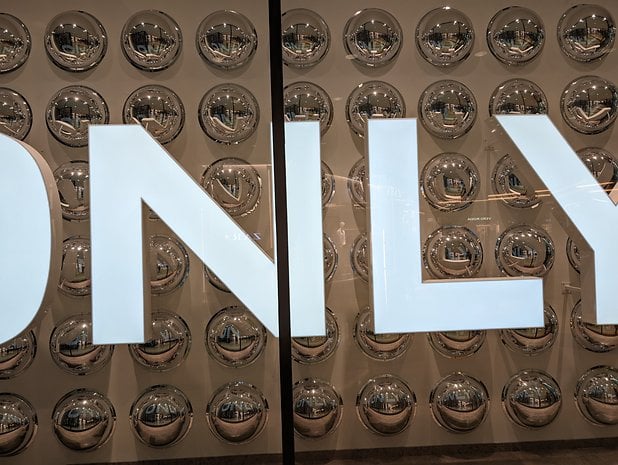



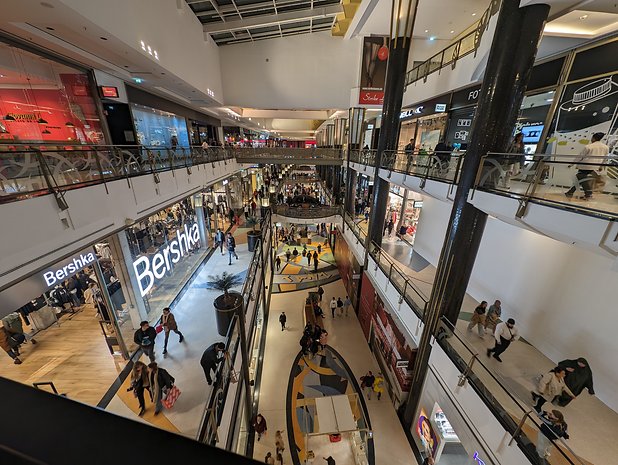



























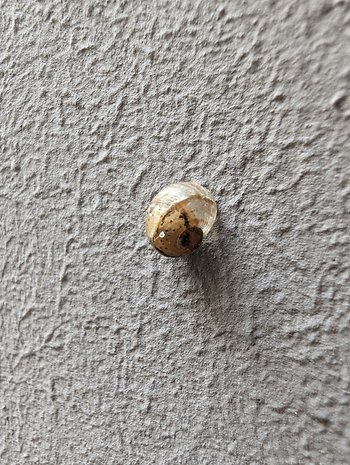


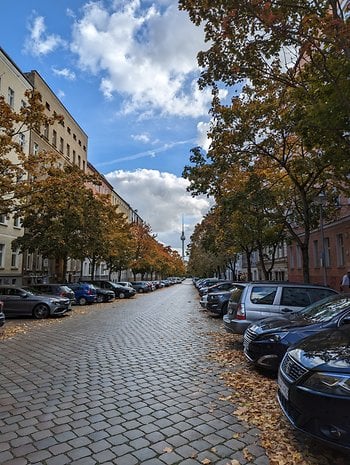


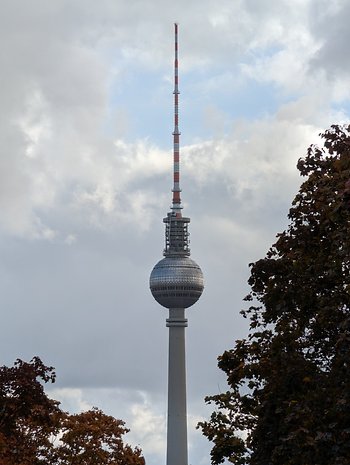
































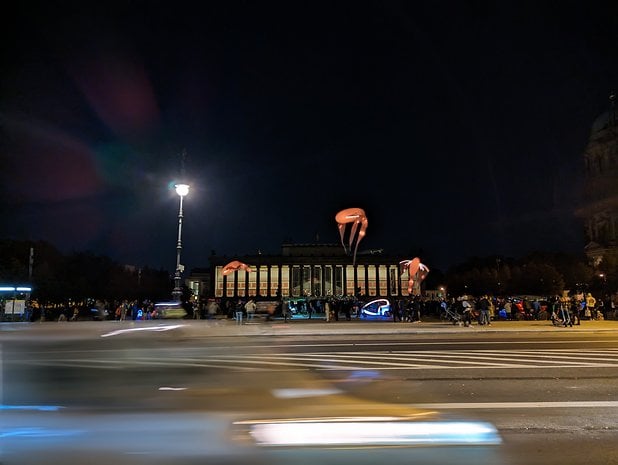



















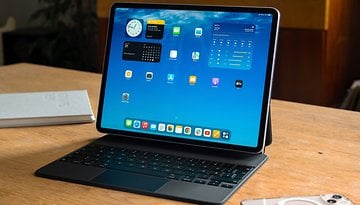








I can't see paying $100 more for the 8pro, than the 7pro. Might have a little brighter screen, but it isn't worth it to me.
The fact that Google blocks 5 G connections in the majority of countries and as labeled
as "unsupported countries" is rarely noted but unfortunately is a huge negative point for international travelers and the like, when compared with other devices such as the iphone!
-
Admin
-
Staff
Nov 20, 2023 Link to commentWhere did you get that from?
What is "the majority of countries"?